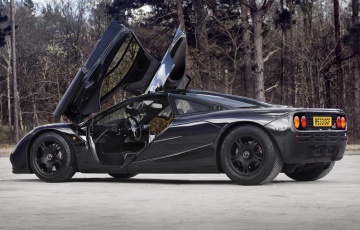10 of the most interesting Range Rovers ever built
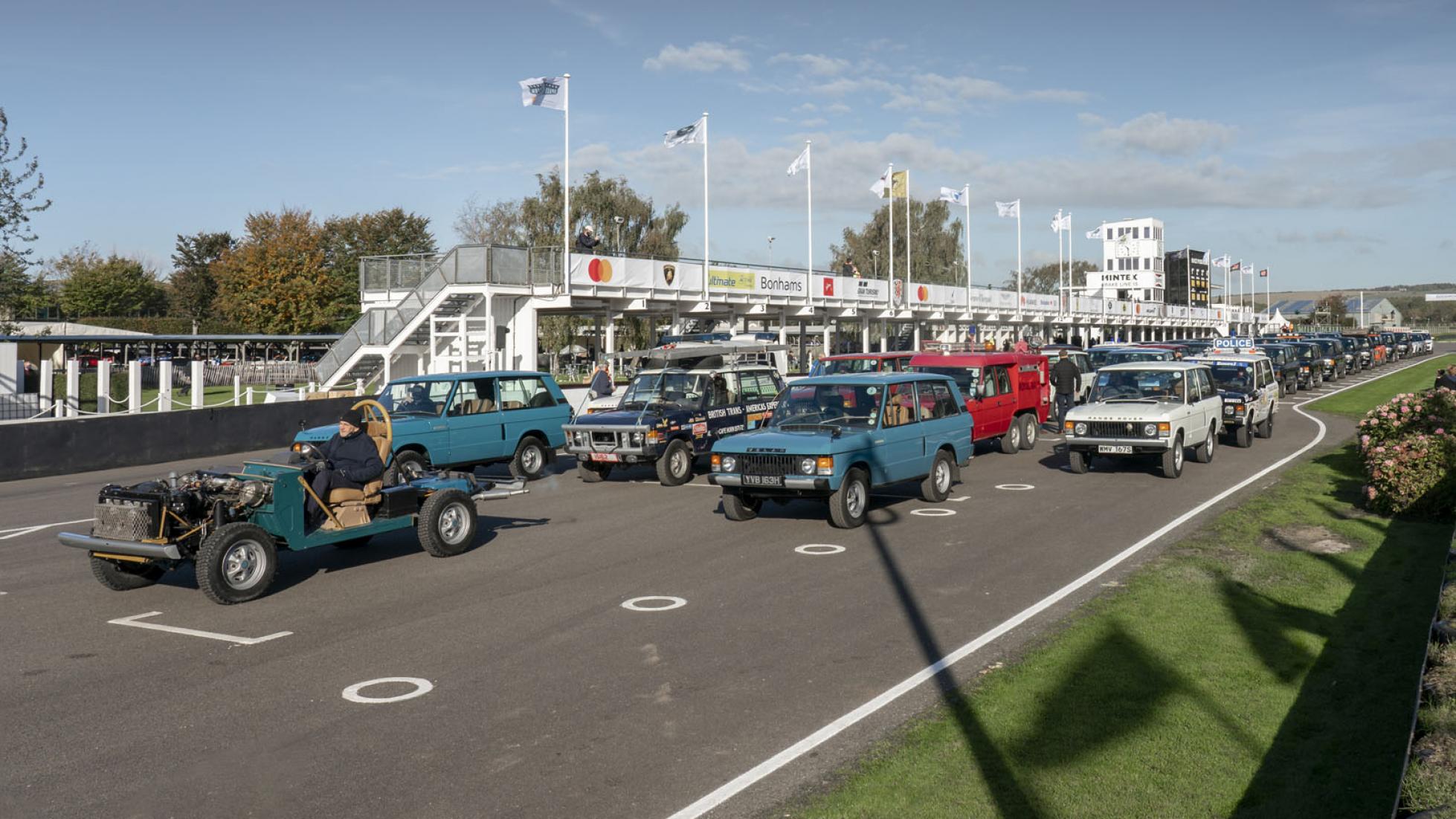
I last about 20 minutes before the fumes from the 50 idling Range Rovers makes me dizzy. Luckily I’m sat down. Unluckily I’m sat at the wheel of one of the most valuable and historically significant Range Rovers ever built – one of two ‘Suffix A’ Rangies that crossed the notoriously inhospitable Darien Gap as part of the 18,000-mile Trans-Americas Expedition in 1972. Ah.
I’m at Goodwood. Bit different this year – no Festival of Speed or Revival because COVID. Instead something called Goodwood ‘Speed Week’ (no relation), held behind closed doors at the Motor Circuit over a weekend in October.
And this is no ‘ordinary’ queue of Range Rovers, like one you might happen upon outside the local prep school at 4pm any given weekday. It’s a queue of very special Range Rovers, assembled to celebrate a half-century since arguably the original SUV was launched in 1970.
Some are owned by Land Rover, others by enthusiastic and often bearded owners. But all are quite interesting, quite odd, and each one has its own story to tell. Click through the gallery for our favourites.
STORY Tom Harrison
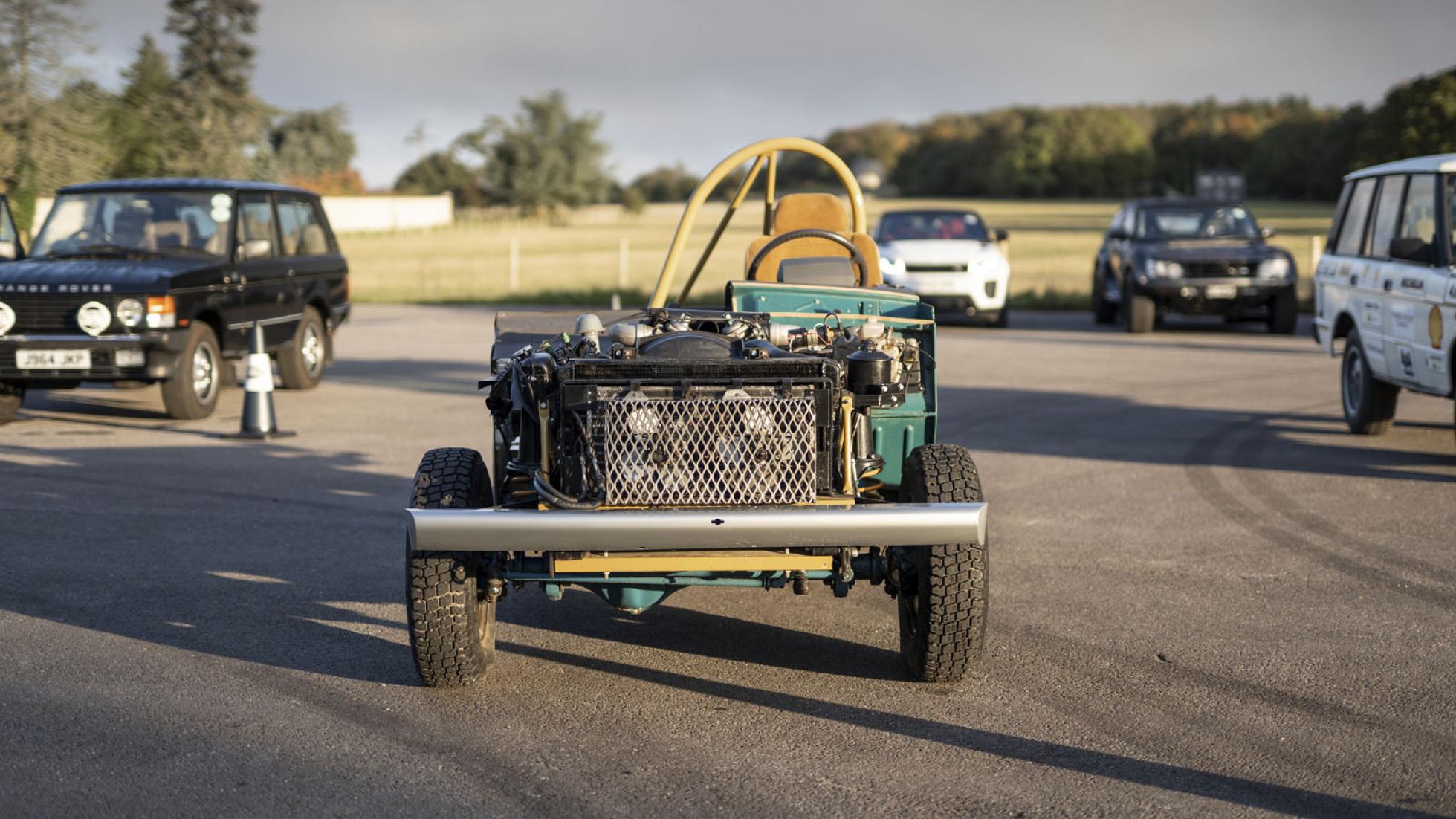
1969 Drivable Chassis
This is what the first-gen ‘Suffix A’ Range Rover looks like underneath. Land Rover’s engineers built this drivable chassis in 1969, the year before full-scale Range Rover production began, to aid development. Looks…chilly, but fun.
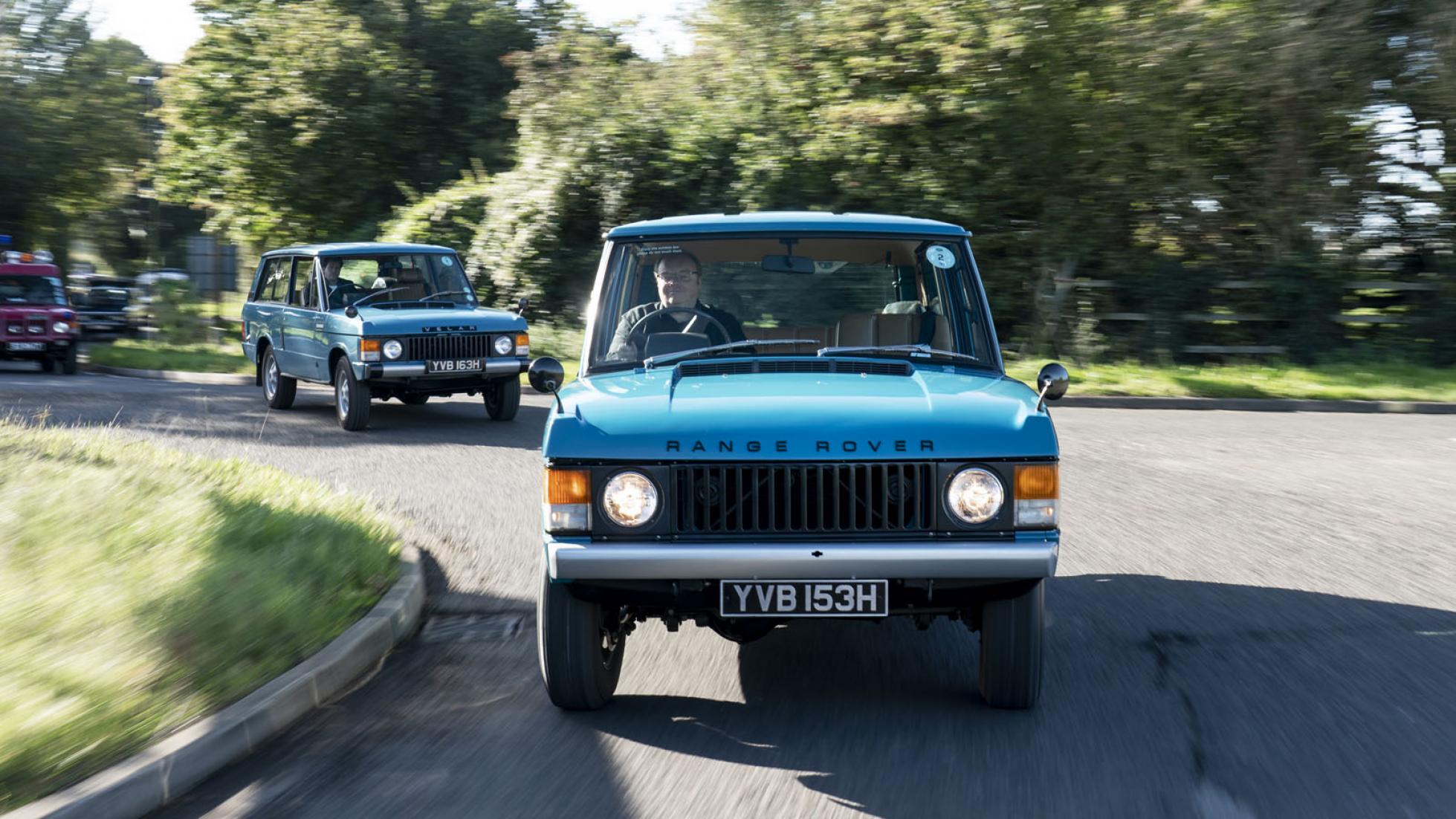
1969 ‘Suffix A’
A fair few pre-production Range Rovers were built in the late Sixties. This is one of them, finished in December 1969 and used mainly for promotional duties. There is nothing particularly remarkable about it, other than the fact it’s a very early car, but isn’t it just lovely? Want.
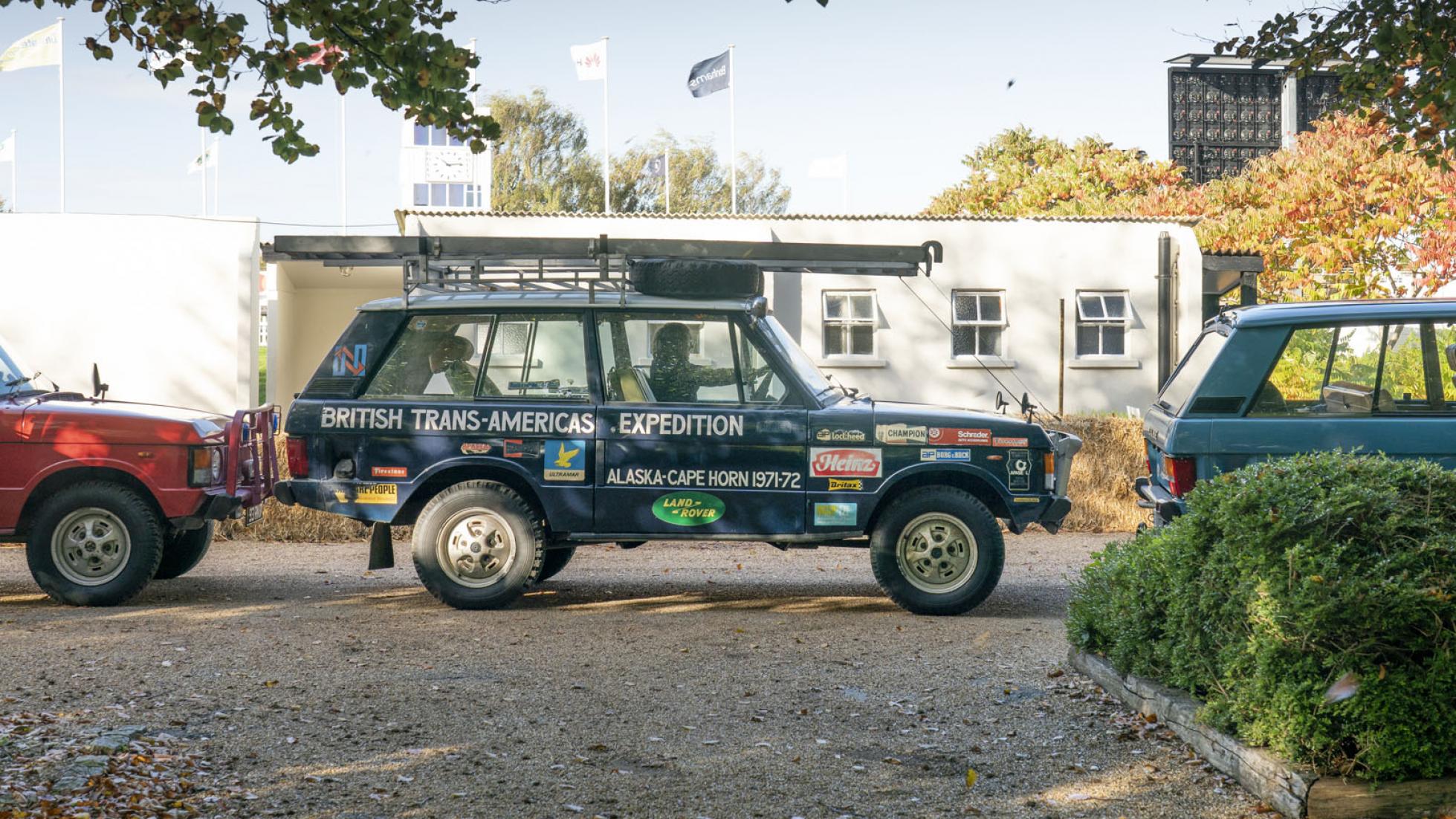
1971 Trans-Americas Expedition Vehicle
The ultimate test for the Range Rover came just a year after it was launched. In December ’71 two Rangies – of which this was one – and six men were air-dropped into the middle of an Alaskan winter. Their mission – drive 18,000 to the southernmost tip of South America, and in doing so conquer the infamous Darien Gap. A 400km stretch of near inhospitable jungle. It’s quite the story. Read it by clicking on these blue words.
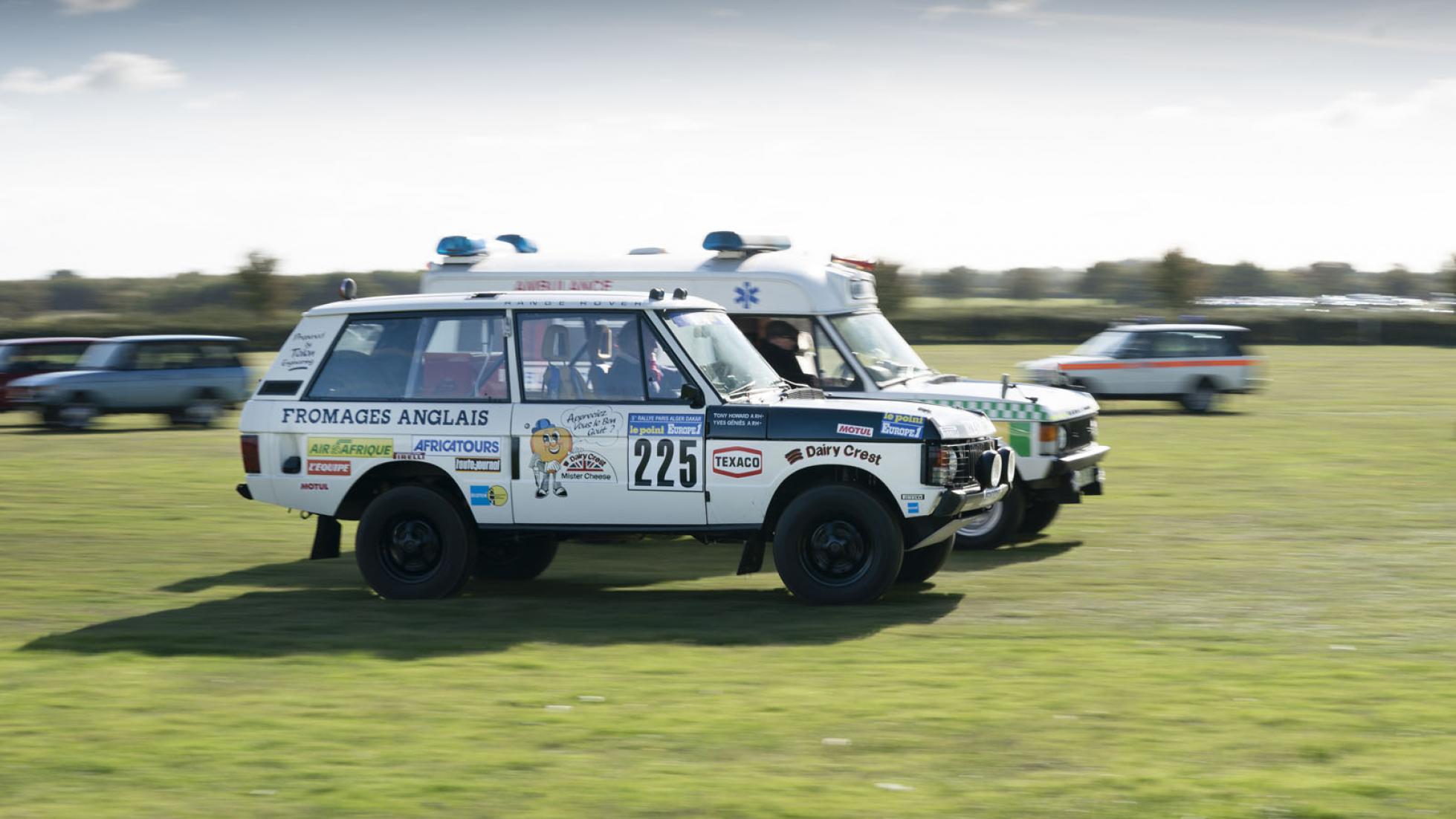
1977 Paris-Dakar
A Range Rover won the first ever Paris-Dakar in 1979. This one competed in the 1981 and 1983 rallies, finishing the former in 27th overall after picking up a penalty (it was one of only 42 vehicles to finish, from 179 entries) and retiring from the latter with a technical issue.
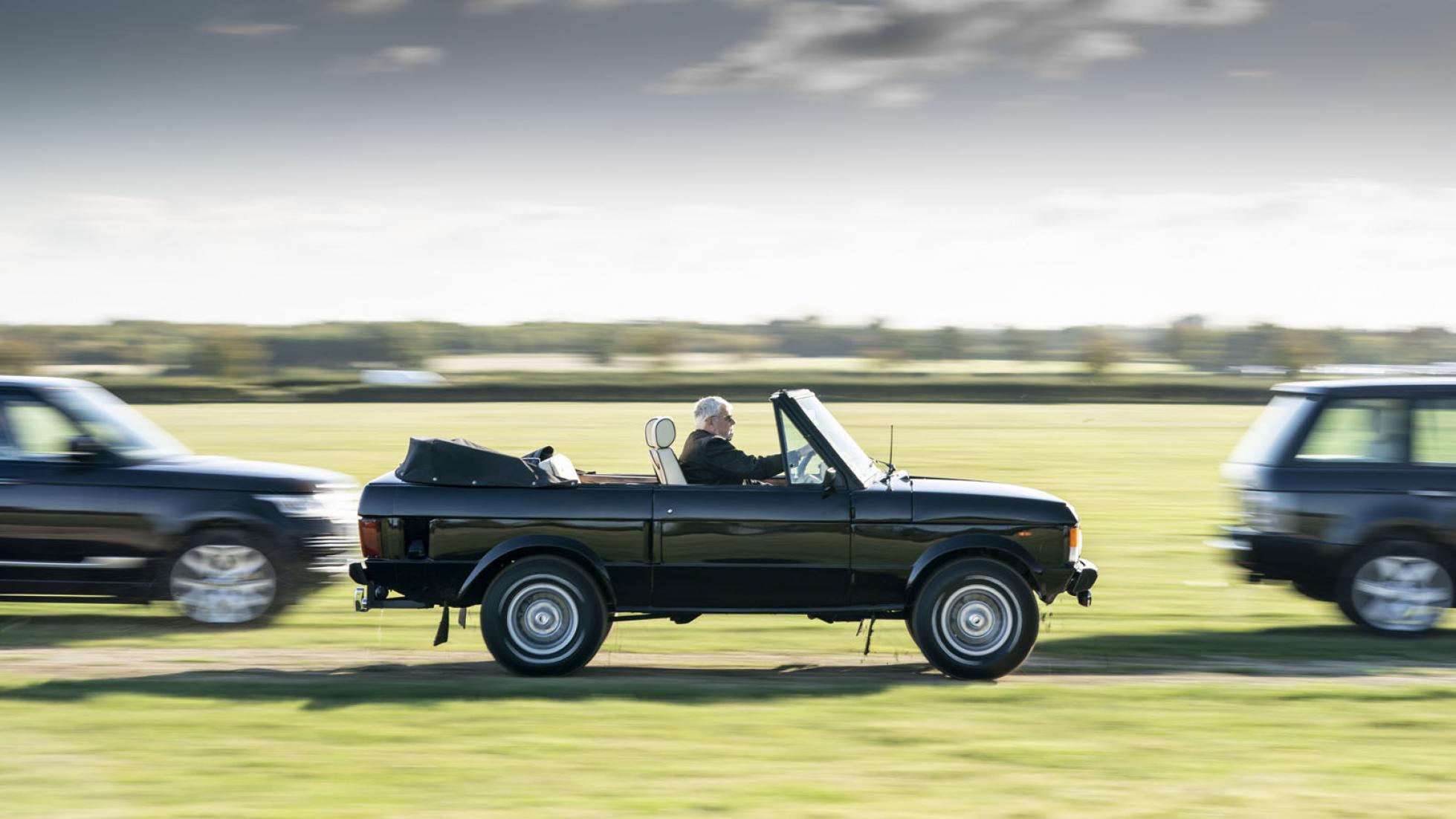
1981 Convertible by Townley Cross Country Vehicles
By the Eighties a load of coachbuilders had begun messing with Range Rovers. One was Raport, which sliced the roof off the Rangie that briefly starred in 007 film Octopussy. Another was Townley Cross Country Vehicles, which built this one for Roger Taylor, the drummer in Queen.
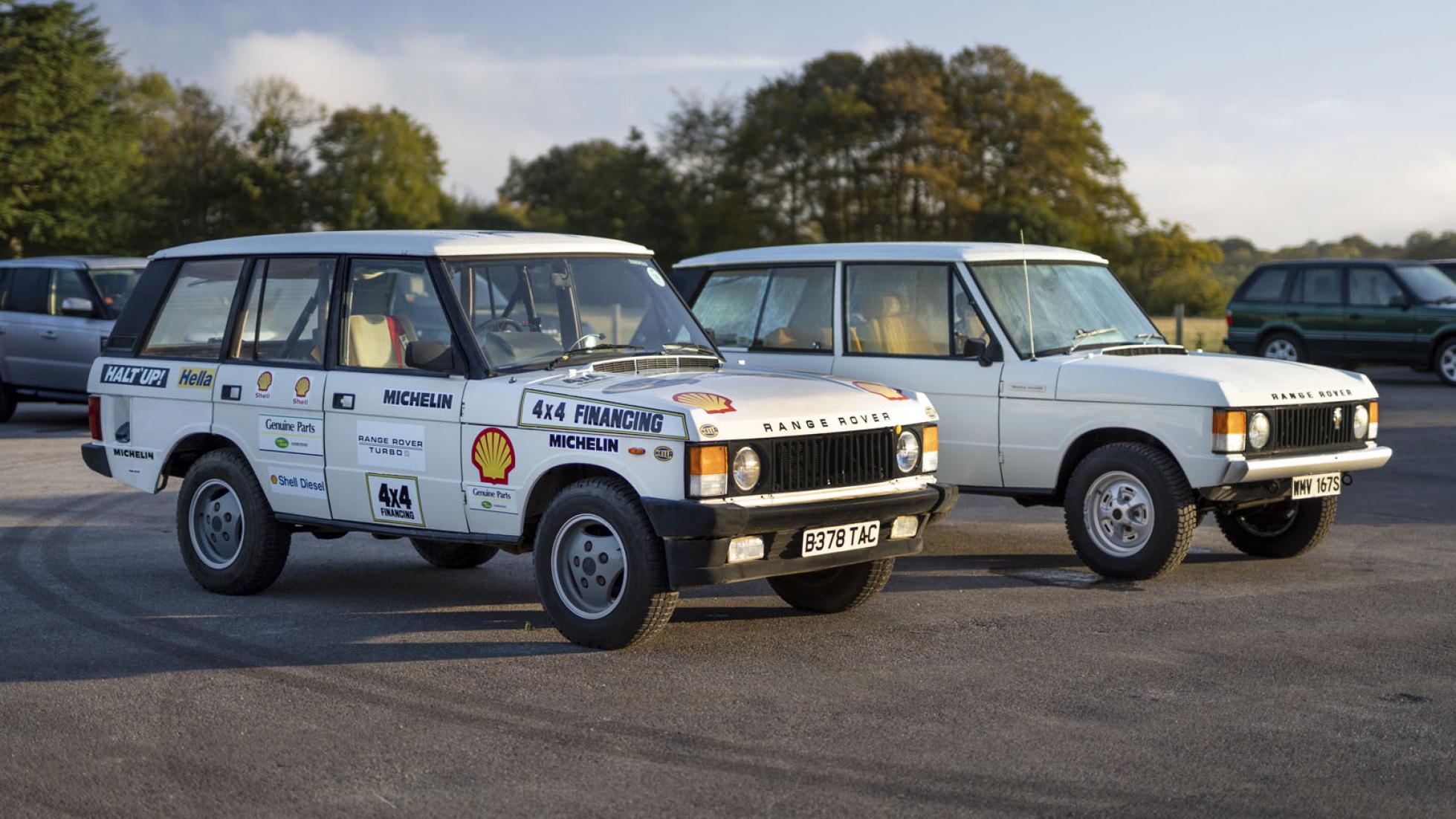
1985 Beaver Bullet
In the mid-Eighties Land Rover decided to stick a diesel engine in the Range Rover. To show just what it was capable of, they took two to a motor industry test track and broke a total of 27 speed records over three days. This one was the first diesel-powered car to maintain an average speed of over 160km/h for 24 hours. Beaver Bullet? Your guess is as good as ours.
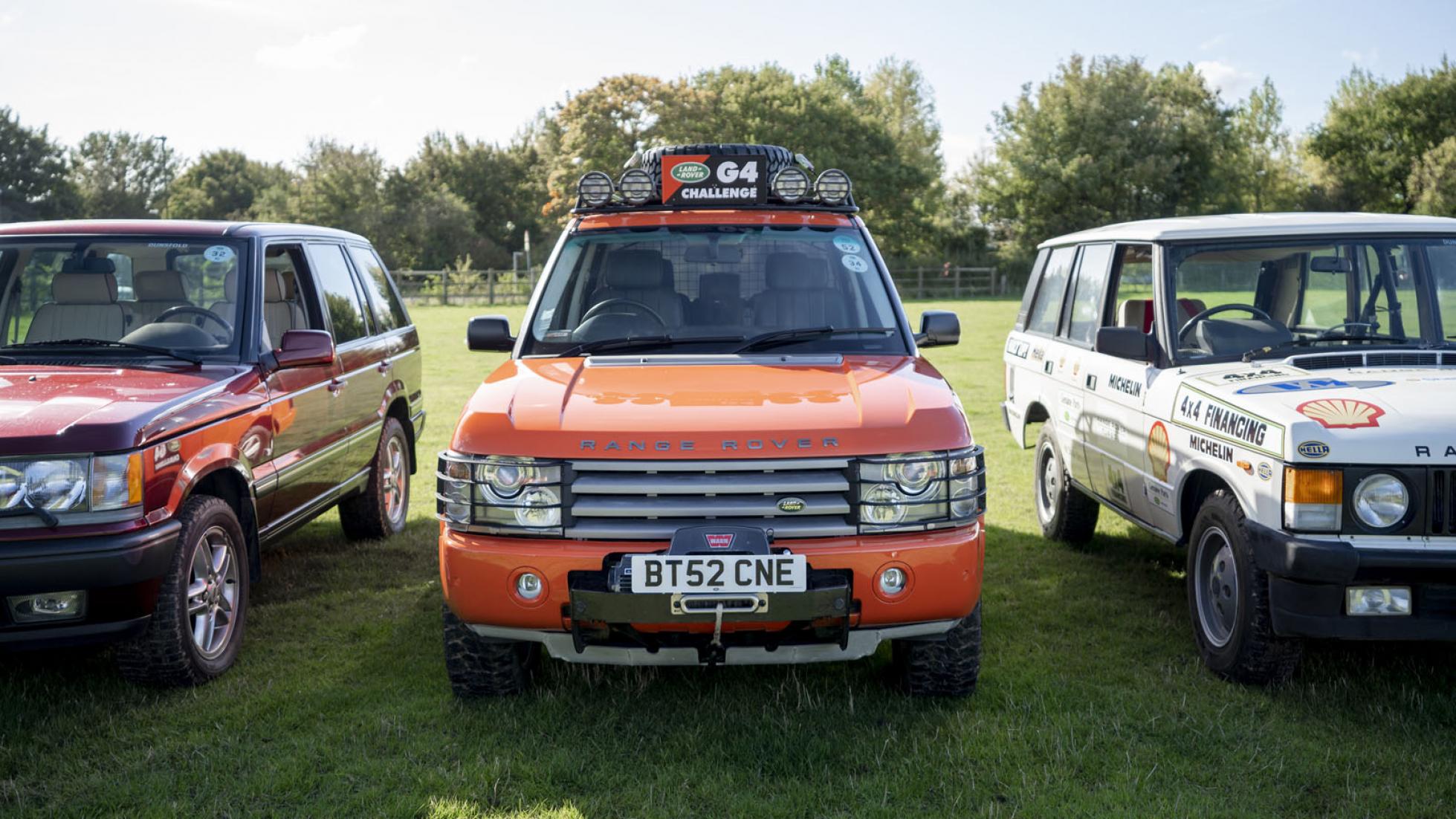
2002 G4 Challenge
Back in the Eighties Land Rover got involved with something called the Camel Trophy – an off-roading competition that saw teams from around the world compete for outright honours in factory-prepared Rangies, Defenders and Discos. In the early Noughties it was effectively replaced by the G4 Challenge – this Rangie was used in the first G4 Challenge in 2003.
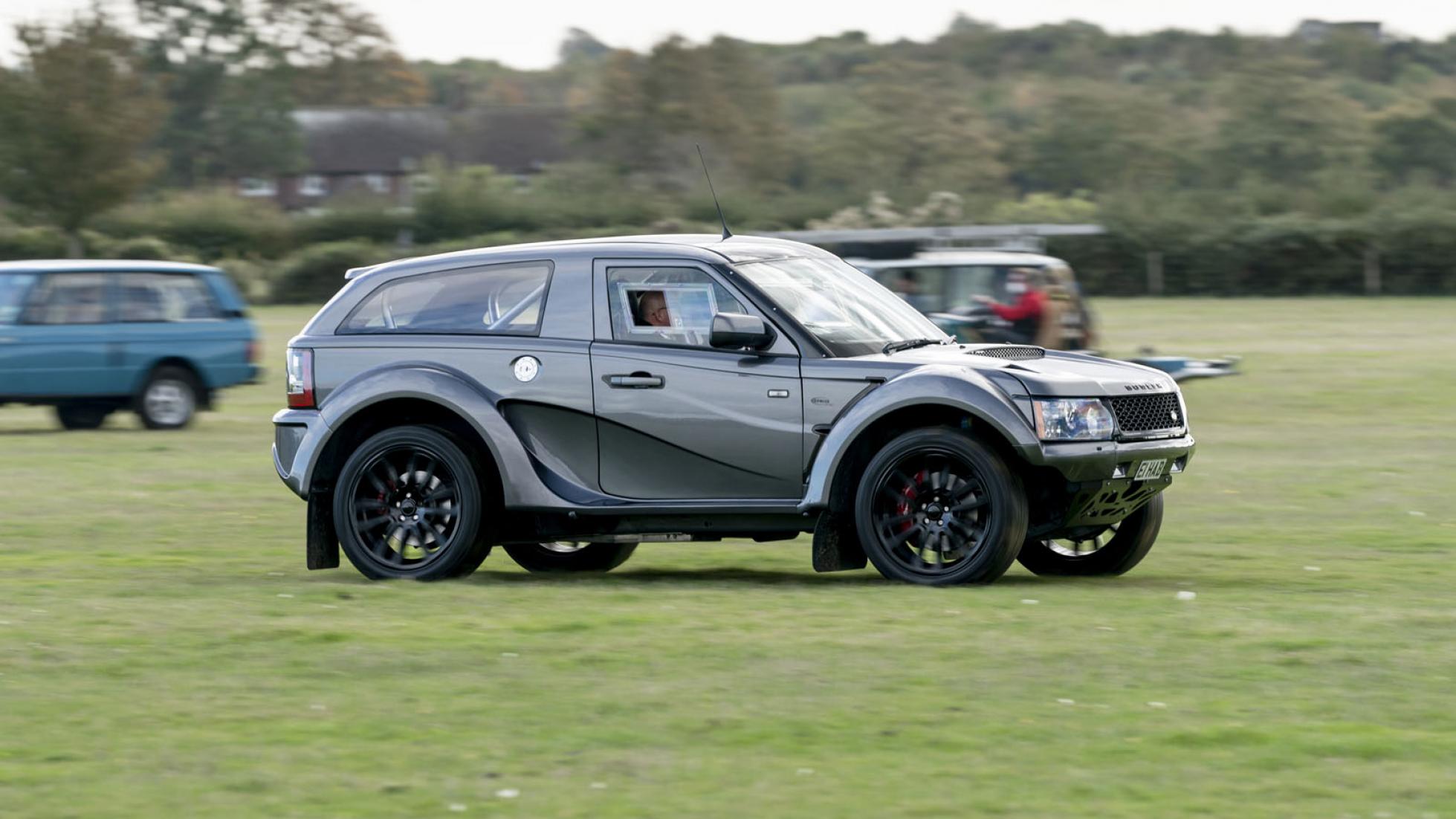
2014 Bowler EXR-S
Yup – this thing really is road-legal. The Bowler EXR-S is a rally-raid racer based on the Range Rover Sport, with an FIA-spec roll-cage, special E-diff and 5.0-litre 550hp V8. Proper.

2019 Range Rover Sentinel
Toughest Rangie ever? Quite possibly – the Sentinel has almost a tonne of armour plating, bullet-proof glass, under-floor blast protection and an escape hatch, but looks basically identical to the standard car. When it doesn’t have ‘ARMOURED’ written down the side, of course.







